Columns
Prof. Ahmed Ahidjo’s reappointment, a reward for notable achievements

Prof. Ahmed Ahidjo’s reappointment, a reward for notable achievements
By: James Bwala
It did not come to many as a surprise. Professor Ahmed Ahidjo, a renowned Interventional Radiologist deserved it. It was a result of hard work and for those who know the University of Maiduguri Teaching Hospital, UMTH before and the glaring difference today, one would agree to the facts on ground. It could not have been possible but one man working with data makes it happen. Today, the UMTH as being referred to is the largest hospital in Nigeria housing some of the best brains in the medical profession.
When I got the hint of his reappointment as CMD last night by the President and Commander in Chief of the Armed Forces, Federal Republic of Nigeria Muhammadu Buhari, I knew it would happen. The note I received reads: “President Muhammed Buhari has approved the reappointment of Professor Ahmed Ahidjo as the Chief Medical Director University of Maiduguri Teaching Hospital for a second term tenure of 4years”. I recalled our discussion during an interview with the Professor when my colleague, having heard him speaking on his achievements and award, concluded that for his achievements there must be a concomitant agreement for him to continue with the good work he is currently undertaking at the UMTH.
The reappointment which was conveyed to him by the Hon. Minister of Health on Friday, July 1, 2022 at the conference room of the FMH is to take effect from 3rd September, 2022. In the last three and a half years of his administration at UMTH, Professor Ahmed Ahidjo has brought a lot of changes in the management of the health system. The Professor of Interventional Radiology has combined both technical and managerial skills to change the way and manner things are done in the hospital making staff attend the best practices through behavioral change.
While congratulating Professor Ahidjo on his reappointment, the Minister of Health, Osagie Ehanire reminded him of the enormous responsibilities of his office and the yearnings of the people for effective and responsive healthcare services.
The Minister also advised the CMD to justify the confidence reposed on him by the President, Muhammadu Buhari commander in chief of the armed forces federal republic of nigeria and urged him to work with all stakeholders to ensure industrial harmony in the health sector and in support of Mr President’s Change Agenda.
The Professor has carved a niche for himself in his ability to turn around the physical structure and operational structure of the hospital within a short period of his appointment as CMD. During an interview recently, he answered some boggling questions about management skills he acquired to be able to work wonders in the administration of the UMTH.
Also Read: Kashim Shettima: An epitomic genre from Borno
According to him, he only had leadership training in health. However, having been a leader since his days as student’s union leader, Professor Ahmed Ahidjo developed and learnt by the ropes over a period of time to manage people and resources in making the difference in any area of development that he found himself. Therefore, when he came on board as the CMD for the first time he came equipped with knowledge on what is expected and what to do to change the old system and to bring in new and workable ideas that translated into what the University of Maiduguri Teaching Hospital is today. From a 630 bed rated hospital to a first class hospital and the largest in Nigeria with 1200 bed capacity.
Recently, Professor Ahmed Ahidjo was recognized by the National Productivity Centre and selected for an award where Mr. President was in attendance and so much was said about him from being a specialist to a good Manager of human and capital resources. One of the areas for recognition is that he was the first person to introduce Interventional Radiology Service in Nigeria and the West African sub-region.
Also the award was as a result of the work he has done at the Maiduguri Teaching Hospital to free bed space from the female and male medical ward through the construction of an extension for an 85 beds extended Kidney centre, to building the first stroke dedicated centre in the whole of West Africa, a 150 bed capacity as well as building another 150 bed capacity trauma centre, which was dedicated centre for the treatment of burns
Professor Ahmed Ahidjo held from Askira/Uba local government area of Borno state, in northeast Nigeria. He is from a village called Yimirgo and started his early primary school at Yimirgo Primary school from where moved to Government Secondary School Uba where he did his form one to three.
In those days, they would choose the best student to go to science schools. So he was chosen to go to WAKA Biu science school to complete his secondary school. From there he went to ABU Zaria then it was the school of Basic Studies, where he did his A levels. He return to Borno state and register at the University of Maiduguri to study medicine. Thereafter, he started his residency training programme – that is the Post Graduate medical training to become a Consultant.
Professor Ahmed Ahidjo was at the West African College of Surgeon faculty of Radiology and also the National Post Graduate College of Nigeria bagging two fellowships with specialization in Radiology.
Immediately after that, he felt the need to further his education, so he went to the Medical University of Vienna in Austria where he studied Interventional Radiology and became the first person in the West African sub-region to do interventional Radiology. He was also at the University of Washington to further study interventional Radiology as a specialty. He completed that study within a year and returned home to establish interventional Radiology in Nigeria.
Administratively, He was Head of Radiology Department at the University of Maiduguri and University of Maiduguri Teaching Hospital for almost ten years. He became the pioneer Head of Radiography Department to start training of Radiographers in the 19th Northern states. He also became the Deputy Provost College of Medical Sciences for a period of two years. Thereafter, he became the Provost, College of Medical Sciences University of Maiduguri.
He was also the secretary National PostGraduate Medical College of Nigeria in charge of Radiology training in the country for a period of four years in Lagos. From there he became the Chief Medical Director –UMTH. Within the period he also worked at the World Head Organization’s Headquarters in Geneva in Charge of all the Radiology devices globally with 198 member countries.
He was also a Research Scholar at the Uniformed Services University of Health Sciences in Maryland. Since becoming the CMD for over three years now he has been working in the office.
Professor Ahmed Ahidjo is happily married with Children. How wishes are big and part of that is the transformation being witnessed at the University of Maiduguri Teaching Hospital in Borno state.
Prof. Ahmed Ahidjo’s reappointment, a reward for notable achievements
Columns
In Search of Our History Through Reconstruction and Restructuring of the Nigerian State for Peaceful Coexistence and Good Governance

In Search of Our History Through Reconstruction and Restructuring of the Nigerian State for Peaceful Coexistence and Good Governance
By: Balami Lazarus
This piece is an extraction from a paper I wrote years back intended to be presented to my society—the Borno Museum Society (BSM)—but it never saw the light of day. However, this is not the original title; I did some changes, putting in some terms to reflect the contemporary issues facing us currently as Nigerians.
Looking at the paper today, which had lain fallow since 1991, I laughed. Dr. Musa Hambolu and Mr. Kyari Bukar, as members, encouraged and urged me to make an effort and present the paper for onward publication in our newsletter, but it never happened. I believe this version will make sense to many more who believe in the Nigerian project as a sovereign nation.
And back to the main menu of the discourse.
One of the major historical developments in Africa south of the Sahara was the great Bantu migration that took place thousands of years ago. It was a mass exodus of the Bantu people, culture, and traditions; its droplets along the line of their migration gave birth to settlements, which had affected many ethnic nations’ language, culture, and traditions. What happened later is part of African history. We are now nestled between who are we? And what are we?
It is very clear that the reconstruction of our history through the restructuring of Nigeria and its state and conditions has long been toyed with, knowing fully well that it is the heart of our peaceful coexistence and good governance. It’s also the main bowl of our socio-political and economic growth and developments.
Our history, geography, and ethnology have drawn our attention to the state of sovereignty known, called, and addressed as Nigeria, a colonial creation, forgetting that we were here before.
the white man’s creation.
To trace the origin of the people that made up Nigeria, one cannot dismiss the substance of other disciplines like history, archeology, anthropology, geography, sociology, and linguistics, and other related subjects. These fields of scholarships have tremendously improved in the explanations of our history, artifacts, and cultural source materials of the people that were wrongfully and forcefully brought together to live and form Nigeria. Therefore,
There is the need for the restructuring of the Nigerian state for peace and good governance for the benefit of all citizens.
To achieve this, we must collectively agree with one voice to restructure our systems to find a lasting solution to our torn political garment, unity shredded with suspicion generated by us over the years. Because modernization is the process of change towards social, economic, and political systems.
Historically, Nigeria is a conglomerate of large ethnic diversities, and each represents a distinct nation with different cultures, traditions, and civilizations living independently before the forceful amalgamation of 1st January, 1914, carried out and executed by the British colonial masters. Sources available to political historians on our past underscored the necessity to shift from the present state of nationhood to a common ground that will provide us with equal opportunities to maintain and sustain our togetherness as one indivisible and indissoluble nation through reconstruction and restructuring.
The reconstruction and restructuring of our historical and political past is paramount; it will aid in checking the high rate of insecurity and criminal activities of bandits and kidnappers. And shall also clamp down on terrorists and the rise of insurgents. Restructuring will reduce sentiments and segregation in the activities of our national life.
History does not repeat itself. But people repeat history and then falsely accuse history of repeating itself.
We have consciously decided to polarize our country with Black Strike sentiments. And here we are, with agitations in different forms: Oduduwa, Biafra, Middle Belt, and Niger Delta.
Balami, Publisher/Columnist 08036779290
In Search of Our History Through Reconstruction and Restructuring of the Nigerian State for Peaceful Coexistence and Good Governance
Columns
Aspirations: A Compass for a Purposeful Journey of Life
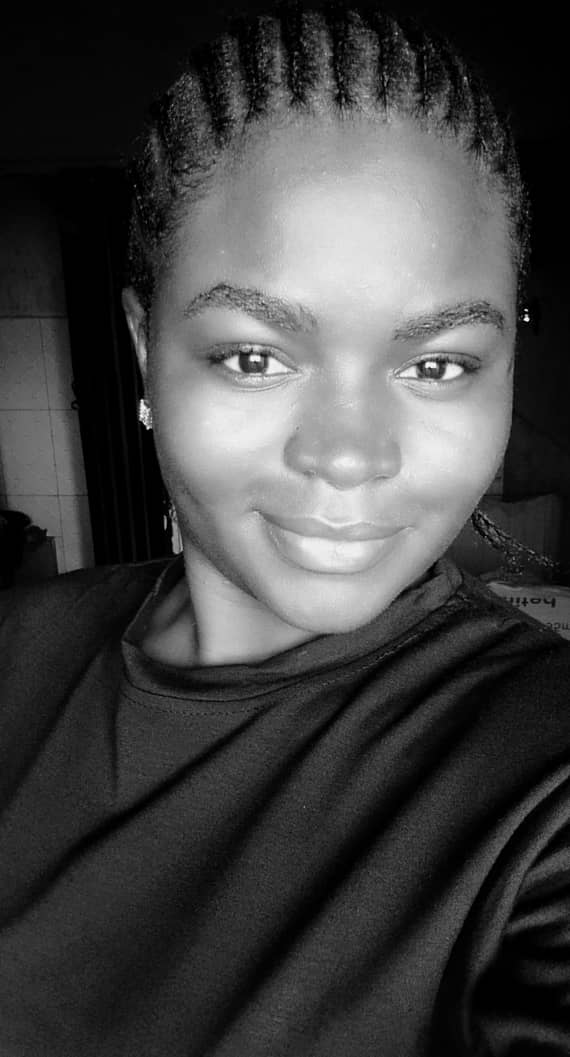
Aspirations: A Compass for a Purposeful Journey of Life
By: Harmony Shimbura
A blueprint for a purposeful journey, the human experience is often defined not by where we are looking, but by having aspirations, a compass of purposeful life, and an act of claiming agency over one’s future.
My life’s aspirations are not merely a list of goals or a collection of ‘bucket list’ items. It is a living philosophy, a commitment to growth, connection, and the relentless pursuit of a life lived with intention. They are threads woven together for personal values and to give back to your community.
I believed the core of aspirations should be a desire for perpetual evolution. And I also believe that the moment we stop learning is the moment we stop breathing. Therefore, one of my primary goals is to remain a lifelong student where learning is a continuous process.
I aspire to deepen my understanding of the world through diverse perspectives, whether it is through traveling to places where knowledge is obtained by listening or observations, as is the case with the traditional Cherokee ways of learning.
I constantly challenge my own biases, spiritually and mentally. I aspire to reach the state of equilibrium where my peace is not dependent on external circumstances.
Do you know that aspirations transcend titles and salary brackets? Moreover, my true ambition is practical impact. I want to be engaged in work that I feel is the extension of my soul in it at whichever level. I also
I believe that work should be a contribution to the collective good of humanity.
As a young lady, I am on the self-push to achieve a level of mastery in my chosen field where my intuition is as sharp as my skills. I want to be known not just for what I did, but for how I did it with integrity, excellence, and a collaborative spirit.
Most of us neglect the vessel that carries us through life, but I aspire to treat my body with the respect it deserves. My aspirations for health are not about vanity but for sanity in purity.
These aspirations are not a destination I will one day reach; they are the fuel for a lifelong journey.
Harmony Shimbura writes from Zaria. 07033886918
Aspirations: A Compass for a Purposeful Journey of Life
Columns
Once upon a time, Plato College Sharam was a leader in academic excellence and discipline among schools in Nigeria
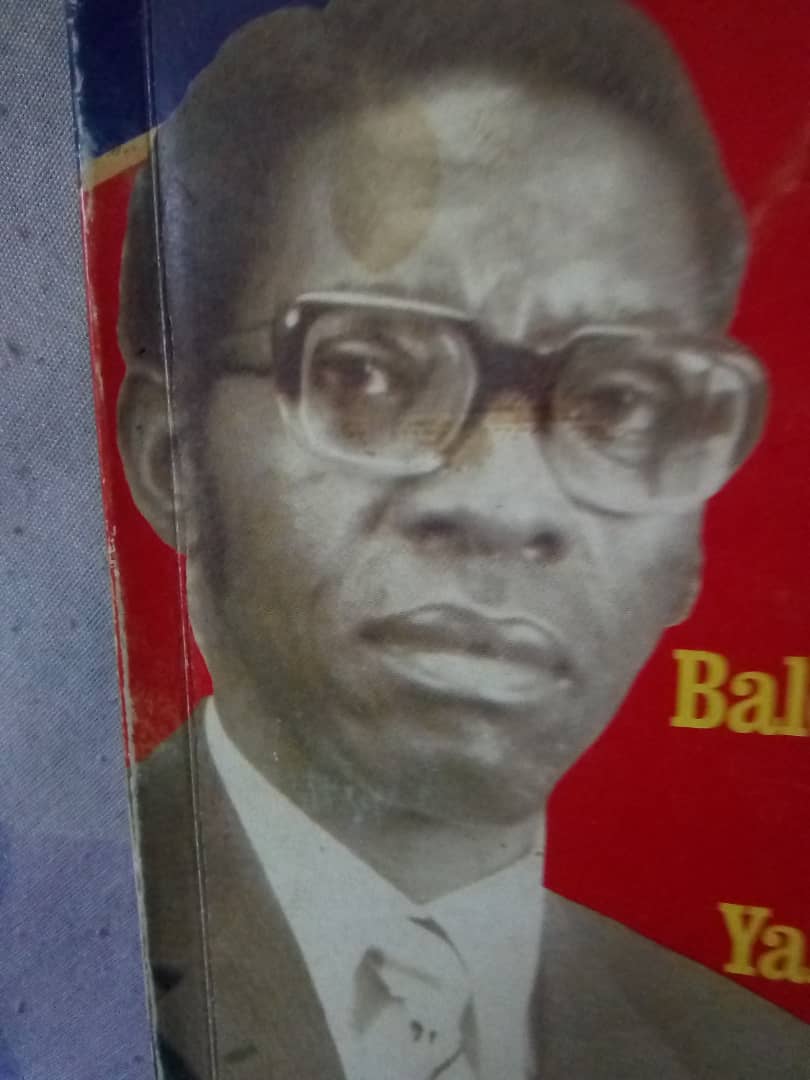
Once upon a time, Plato College Sharam was a leader in academic excellence and discipline among schools in Nigeria
By: Balami Lazarus
This article is dedicated to the living and dead. My teachers at Sharam, the 1978 intakes. For my wonderful classmates at Plato College. And for those before me, nice to have you as schoolmates.
I will use the “I” and “we” pronouns interchangeably because I was there as a student one cold morning of September 1978, where I spent two and a half academic sessions and left in 1980, leaving behind good and competitive classmates.
We of the 1978 intakes came from different parts of the country, from places like Yola, Lagos, Maiduguri, and Sokoto, and from other towns and cities as teenagers—boys and girls.
We that came from the city of Jos, few knew each other, while many for the first time. But Plato brought us together as students in Sharam to drink from the fountains of knowledge and discipline provided by Plato College Sharam near Kabwir in the Kanki Local Government Area of Plateau State. This came through Dr. Samuila Ndayako of blessed memory.
Similarly, classrooms, dormitories, and group work, assignments, and games were the cause of saving punishment that marked the beginning of my friendships with boys like Nash John Wash Pam, Jolomi David Amogoriye, Yau Dangana, Ismail Abdul, Thomas Owmeri, Gbenga (Kaduna), Kenneth Anosike, Edna Menta, and a few other students. I hope believing is well with them.
When I met with a few of them recently, it was a flashback of nostalgia of our days at Plato College Sharam as boys and girls full of life and dreams. Plato was a place to remember for two reasons, whether you like it or not: character and learning through academic excellence and discipline that you cannot take away. “One of the best-performing schools in the whole country in the West African School Certificate Examination (WASCE) for many years running.” Records as follows: 1979 to 1986: 100%; 1990: 100%. From 1994 to 1995, 100% was also achieved. And in 1997, 100% was made.
Sharam had never had it below average. The few of us that left for other schools manifested the academic training we got at Plato, where we were able to redeem it in character and learning.
Plato College Sharam is a co-educational institution established and owned by Dr. Samuila Ndayako, who was the Rector of the school. It came into existence on the 29th of September 1973 as Yakubu Gowon College but was later changed to Plato College in 1975 due to the circumstances surrounding General Yakubu Gowon in the year 1975. Political/military historians and journalists will know better of what took place.
The late Dr. Samuila Ndayako has left an indelible mark on the history of education in Nigeria. He was the first individual to start a private secondary school in the then North Central State, present Kaduna State, known as Balewa Memorial College at Samaru-Zonkwa, in 1967-1st April 1972, when the government took over mission schools and others from their rightful owners. Besides, he was also the first Northerner to
established a private secondary school. Equally one among the early individual proprietors of
private schools in Nigeria.
Sharam was a place for high moral and academic standards where you are expected to behave well. It opened our eyes to excellent academic performances, which regimented our minds for excellence. Plato during our days is where failure is not tolerated, even as a neighbor talks less as a co-tenant. Therefore, Plato College was the walkway for excellent performances for Platonians of Sharam.
It was where I learned the differences between discipline and punishment and understood that when discipline fails, you have no option other than to apply punishment. Here I learned of beneficial punishments that benefit all students and the school.
Plato College provided us with equal opportunities of a school environment as students. An environment where you are carried along and treated like any other student.
It was in Sharam that I understood the meaning of physical and mental work with its endless dividends. For many of us, it has become part of us to this day. Our Rector has always said it loud and clear that “no student I will train will end up useless.”
We were taught respect and its abundant benefits. As a co-educational institution of learning, we (the boys) are made to show respect and care and treat the girls with love. And we considered them anytime, anywhere as our sisters, because we were also taught to be responsible as future men and leaders.
At Sharam, obedience to school rules and regulations is a must. In fact, the military environment will bow to Plato College during our time.
Notwithstanding, Plato College had her challenges during our time, like extreme cold weather and water and electricity. Our seniors were strict on rules and regulations; some are bullies. However, every student, boy or girl, is made to have senior students as school fathers or mothers to guide and assist him or her from time to time.
What I had also learned personally from the life of Dr. Samuila Ndayako are honesty, boldness, fearlessness, and perseverance.
My school father was Senior Dung Peter, a kindhearted and brilliant student. Who has assisted and guided me to understand why I was in Sharam? I appreciate you.
Balami, Publisher/Columnist 08036779290
Once upon a time, Plato College Sharam was a leader in academic excellence and discipline among schools in Nigeria
-
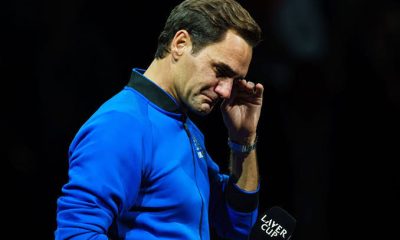
 News2 years ago
News2 years agoRoger Federer’s Shock as DNA Results Reveal Myla and Charlene Are Not His Biological Children
-
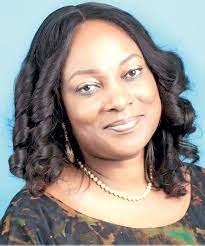
 Opinions4 years ago
Opinions4 years agoTHE PLIGHT OF FARIDA
-

 News9 months ago
News9 months agoFAILED COUP IN BURKINA FASO: HOW TRAORÉ NARROWLY ESCAPED ASSASSINATION PLOT AMID FOREIGN INTERFERENCE CLAIMS
-

 Opinions4 years ago
Opinions4 years agoPOLICE CHARGE ROOMS, A MINTING PRESS
-

 News2 years ago
News2 years agoEYN: Rev. Billi, Distortion of History, and The Living Tamarind Tree
-
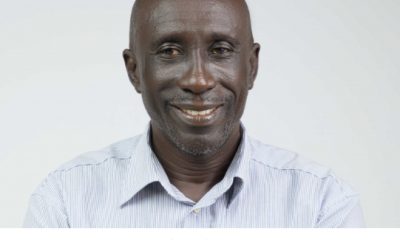
 ACADEMICS2 years ago
ACADEMICS2 years agoA History of Biu” (2015) and The Lingering Bura-Pabir Question (1)
-

 Columns2 years ago
Columns2 years agoArmy University Biu: There is certain interest, but certainly not from Borno.
-

 Opinions2 years ago
Opinions2 years agoTinubu,Shettima: The epidemic of economic, insecurity in Nigeria





